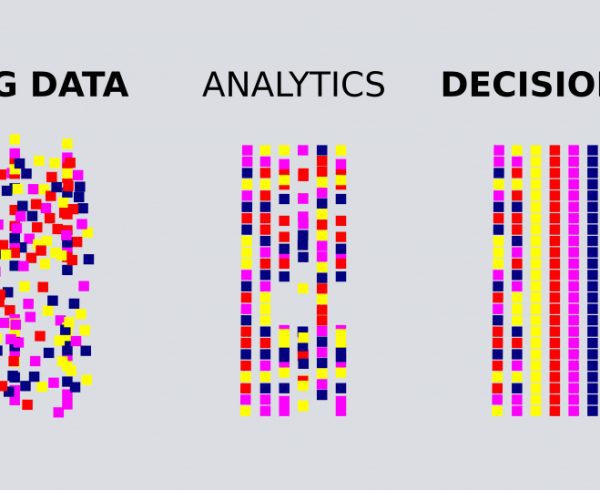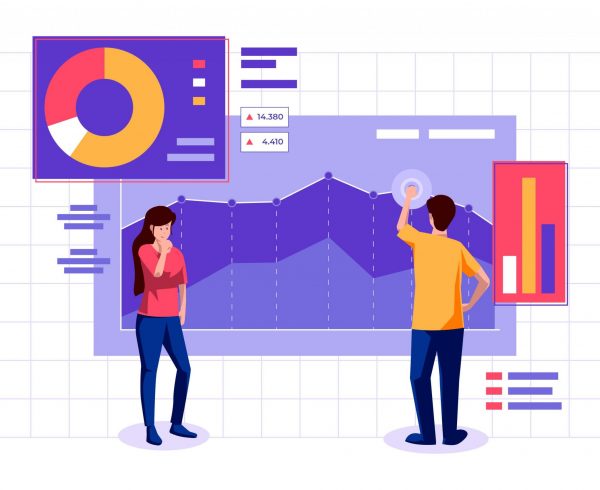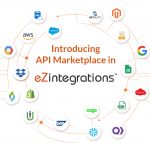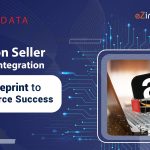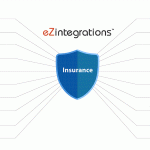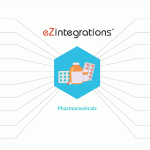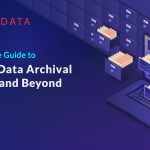Smart planning requires smart data.
The Augmented Analytics market is expected to grow at a Compound Annual Growth Rate (CAGR) of 30.6% from $4.8 billion in 2018 to $18.4 billion by 2023. The growth for the market includes an increasing volume in complex data and the growing adoption of advanced business analytics tools. Augmented analytics has contributed vastly to the development of digital transformation initiatives in various organizations with the help of apparatus supporting machine learning and natural language generation. When the complexity and the amount of the data being generated increases then the demand for augmented analytics also gets amplified.
What is Augmented Analytics?
It is the practice of using technologies such as Artificial Intelligence, Machine Learning and Natural Language Processing in cleaning and transforming raw data, insight generation as well as how people perceive data. Skilled data science professionals leverage augmented analytics by mechanizing various aspects of data science. Augmented analytics demonstrates the process of taking data automatically from raw data sources, brushed and analyzed impartially, and communicated in a report using an ordinary language which can be easily understood by humans. It uses patterns with the help of machine learning and discovers valuable insights without involving the data scientists. Later, this analysis is shared with the team members or non-technical people, without the involvement of intermediary tech professionals, to interpret it. Augmented analytics is a way for organizations to deal with the complexity and scale of data at speed, which is inundated on them by helping to prepare, manage and analyze the report on data so that business decisions can be made through the insights provided by the data.

Uses of Augmented Analytics
Augmented analytics appears to be a common source of decision making as it can process data faster as well as in an efficient way. Top organizations from different sectors use augmented analytics in order to gain significant insights for rapid decision making. It helps the organizations to prepare, manage, and analyze the data for making business decisions by using the insights provided by the data, thus increasing the intricacy of data that the organizations usually disturb.
Data Analysts spend more than 80% of their productive hours in cleaning data. This event is where Augmented analytics comes in handy to automate the process of Extract, Transform, and Load and saves a lot of time for Data Analysts so that they focus on activities that are high-value tasks.
Cognitive Virtual Agents and NLP are connecting the Enterprises to one tool where employees would be able to ask questions to queries they might have with respect to data. NLP plays a big role in translating queries in one common language to help provide the right data to the stakeholder.
Marketing finds benefits in augmented analytics by modifying the way of daily work. Marketing as a function is highly data-driven and augmented analytics comes into play by automating insights for detailed reporting, research, and planning.
Way forward for Augmented Analytics?
The success of an Integrated Data Analytics program or initiative in an Enterprise is driven by the alignment with the business goals. Augmented analytics enables data analysts, engineers, and scientists to perform tasks at a better speed with higher accuracy. Also, it enables non-technical, business users to use BI and analytics technology efficiently and easily to get the data and insights required for decision making without skilled technical person intervention. Augmented analytics diverges from the current era’s tool as it finds opportunities in complementing the existing data analytics initiatives by adding rigor and accuracy to the time consuming manual analysis process.



